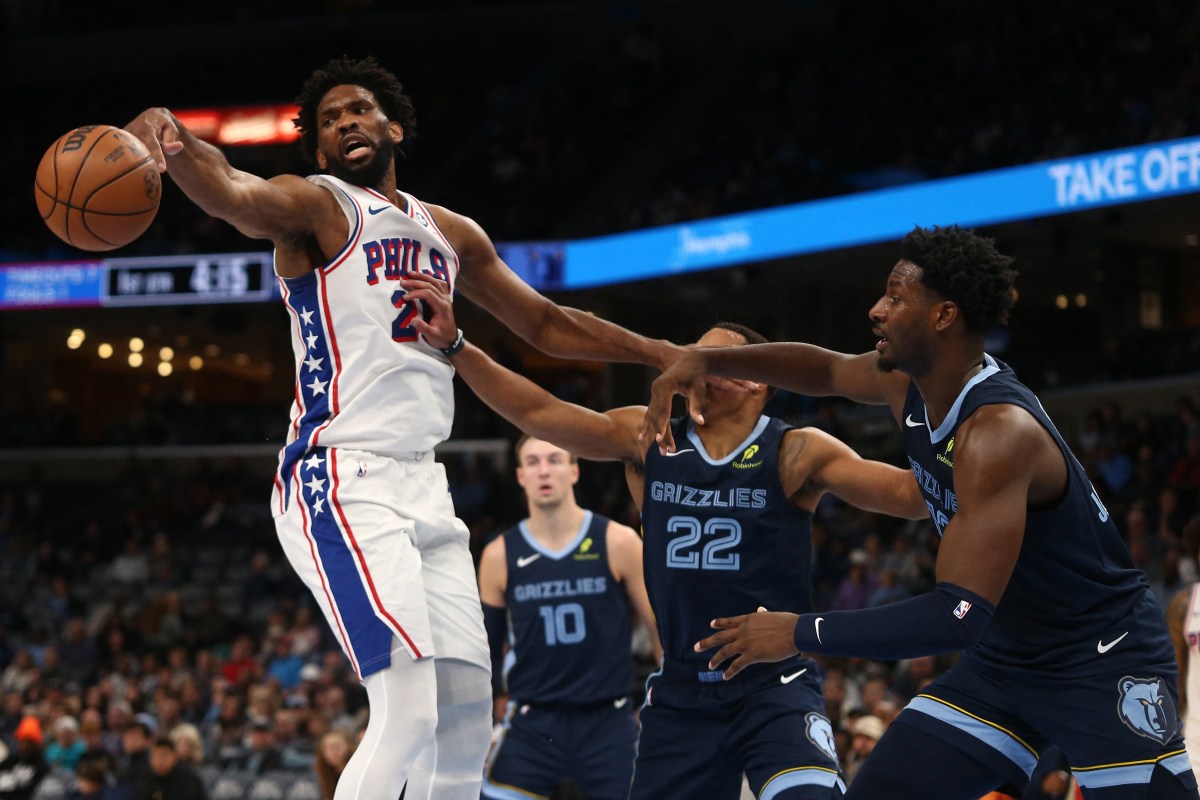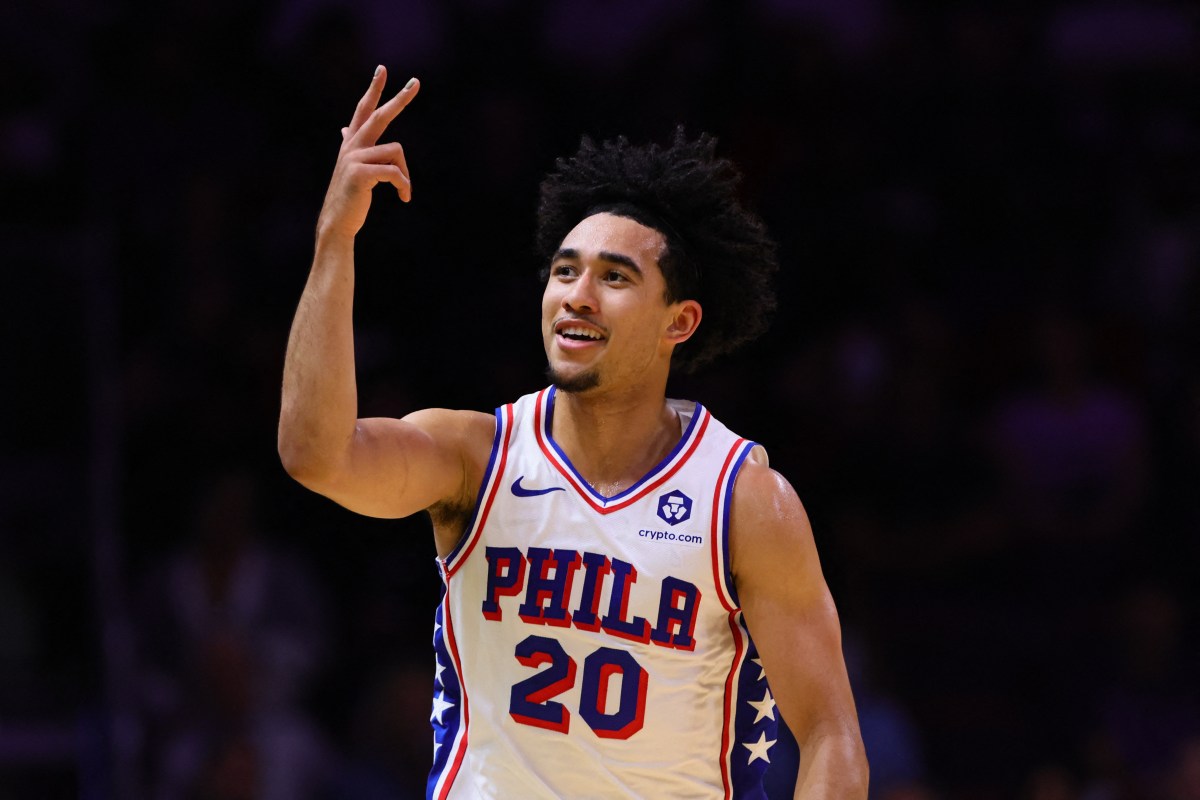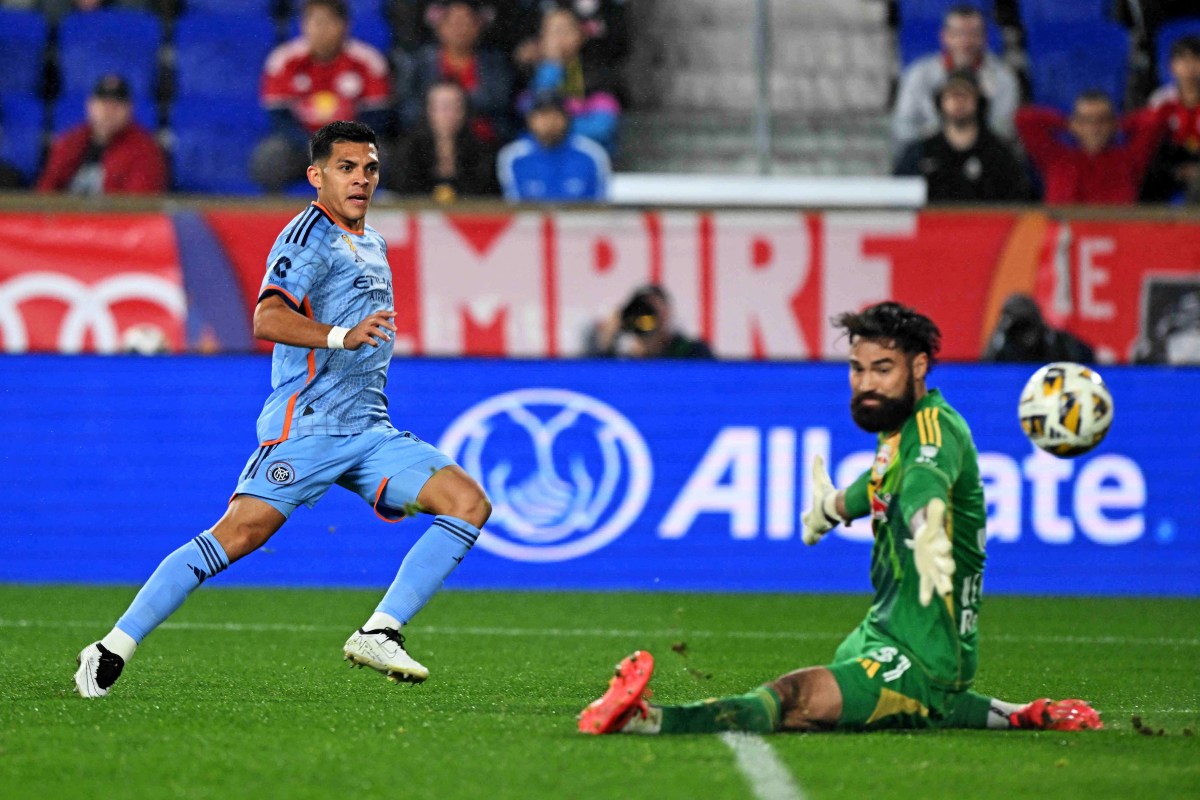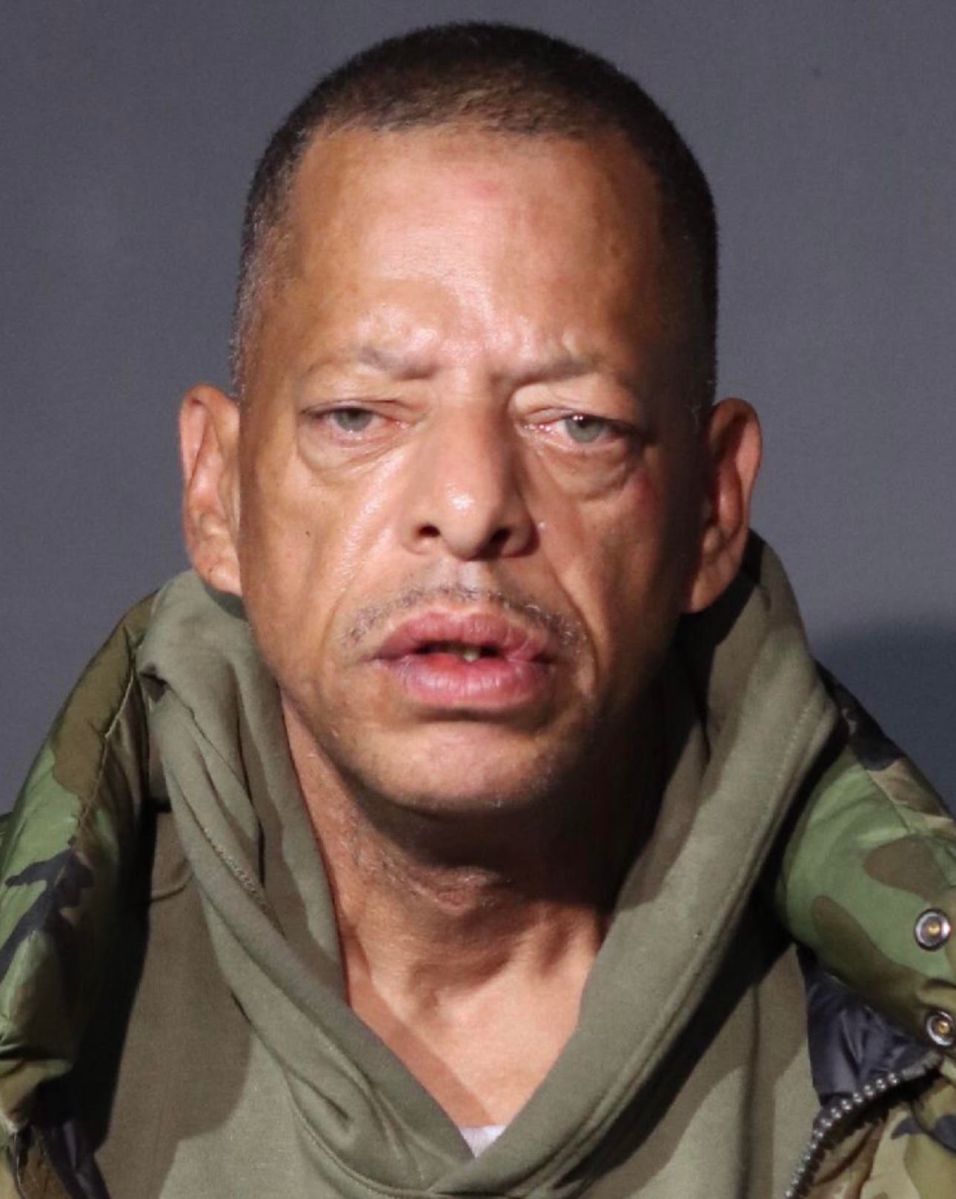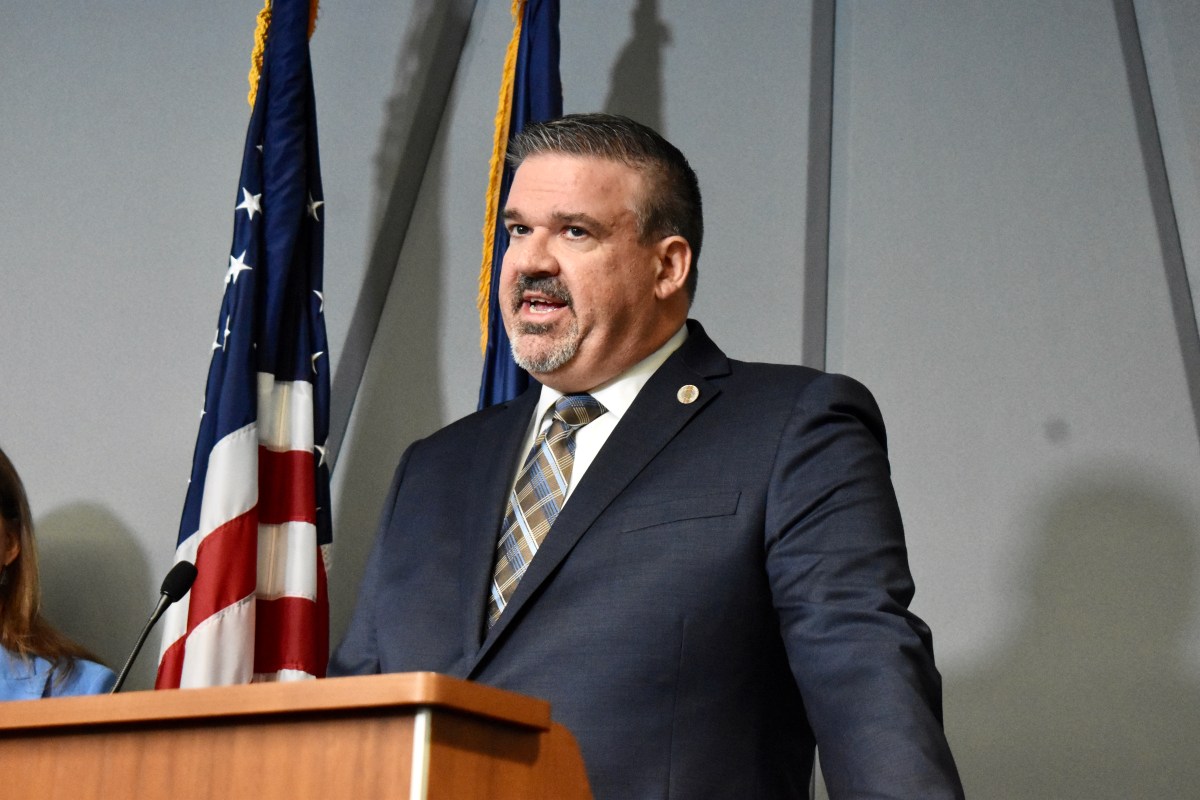 Low budget filmmaker Alex Ross Perry graduates to name actors with his third feature, “Listen Up Philip.”
Low budget filmmaker Alex Ross Perry graduates to name actors with his third feature, “Listen Up Philip.”
Credit: Getty Images
Before “Listen Up Philip,” which features name actors like Jason Schwartzman, Elisabeth Moss, Jonathan Pryce, Krysten Ritter and more, filmmaker Alex Ross Perry made tiny, rough, low budget films shot on grainy 16mm starring his friends. (These include the very funny “The Color Wheel” and the loose Thomas Pynchon take “Impolex.”) Yet “Listen Up Philip” is still tiny, rough and shots on grainy 16mm (or, this time, Super 16mm). It tells of a young novelist (Schwartzman) who lets a modicum of success get to his head; he ups his abrasiveness and alienates everyone, including his girlfriend (Moss).
At this point how difficult is it to still get cameras that shoot film as well as film stock?
It represents its own challenges. It’s probably very difficult to rent the one camera everyone’s renting. It’s not difficult to get your hands on stock. Kodak is still in Midtown. It’s smaller than it was a few years ago. We were talking about doing an actual cost analysis of a very low budget independent feature on 16mm versus renting an Alexa [digital camera] and having six hard drives on set and paying someone to be DIT [Digital Imaging Technician]. That’s one more body, that’s one more bed you have to pay for, that’s three more meals. But because I have no experience with the other side of it, [shooting on film] still feels very easy to me. It’s highly achievable if you just budget accordingly. It’s a small thing in the scope of how much a movie costs, but it’s a small thing that makes a huge difference. That little extra amount increases to me my experience and how people respond to it. It’s something people are much more interested in responding to and talking about, just because it’s fairly uncommon.
Some filmmakers have said it’s actually easier to shoot on film than digital.
The film stocks they’re making now have quite a bit of latitude to adjust things after. You can really capture very nice images, depending on what lenses you’re using, with basically no lighting — whereas “basically no lighting” on video is going to look muddy and hideous. The muddier a film is the nicer it tends to look. It’s just not hard enough on film to make me search for an alternative.
Are there any plans to actually project “Listen Up Philip” on film?
I don’t think so, at least not in America. It’s not up to me. If it was up to me we’d already have one and it would have played Sundance and New York. Maybe someday I’ll be wealthy enough that I’ll decide, for some future imaginary retrospective, to make prints of whatever movies of mine there aren’t prints of, and they’ll be my prints.
 Jonathan Pryce plays an elder statesman novelist who takes a younger writer (Jason Schwartzman) under his wing in “Listen Up Philip.”
Jonathan Pryce plays an elder statesman novelist who takes a younger writer (Jason Schwartzman) under his wing in “Listen Up Philip.”
Credit: Tribeca Film
Despite having name actors, you didn’t change your style up too much. It’s still very rough and grainy, with cameras pressed into their faces. How did they take to the shooting style?
I think they liked it. We learned early on that doing something where the camera and cinematographer are both being blocked in a scene, sort of as a third performer with Jason and Elisabeth and eventually with Jason and Jonathan, is a way of acting and a way of moving that is unfamiliar to some performers. And it’s kind of fun. Jason said most movies he does, the camera’s very locked down, the frame is very precise, and if you move too high you’re out of the shot. Elisabeth said on “Mad Men” it’s very much the same thing. The shots are the shots, the script is the bible. And I’m sure for actors it’s a fun way to work, because you have your root.
But then it’s also fun to come into a small movie for a few weeks where the cameraman could literally be anywhere. He could be moving in the middle of a line of yours, and as soon as he gets there he may ask you to repeat it so he can get it from another angle. And if you want to change the line, change the line. If you want to skip a line, I probably won’t even notice, because I’m not sitting there holding a script. I’m watching people perform. So I think there is something in that freewheeling little scrappy nature of the way I like movies to look that actors respond to. I was amazed by how much the actors were willing to come and play on these terms. Jonathan had just done “King Lear” on stage in London, and then he gets to come and have a cameraman six inches from his face. And any time he feels like yelling an obscenity or cursing at someone in the scene he knows I’m going to use it in the movie because I’m laughing hysterically onset. It’s just fun for them to do everything.
Previously your actors have been your friends or even you. How was it working with name professionals?
The adjustment period for me very fortunately happened in the three weeks before we shot. Jason and I were hanging out in New York, and Elisabeth joined us for our final week. So by the time we shot day one I really did feel they were my friends. We’d spent so much time talking and questioning and nit-picking one another’s responses. I was very nervous, of course, because I respected every actor in this movie so much before I ever met them. I learned that no one who’s coming to do a low budget independent movie is going to have a bad attitude. The people who have a bad attitude wouldn’t say yes to a movie like this.
What made you retain your style?
For no other reason than I like it. I couldn’t analyze what is interesting to me about it. It’s an aesthetic that really appeals to me. To see a handheld close-up of a really interesting face is my favorite thing. And we got some of the most interesting faces I can imagine in this movie. All the actors watched “The Color Wheel” before they agreed to this, which is crazy that they watched that movie and said, “Oh, same director, same cinematographer — I’ll make this guy’s next movie. I want to be in a movie that looks like this.” Finding out that Jonathan Pryce watched “The Color Wheel” is mind-blowing, and that he still said, “I will do this.” I think it would be weird if they watched this scrappy, black-and-white, grainy movie and then they come and I’m shooting on crisp digital photography with elegant jibs and dollies and master shots. It’s so clearly not the aesthetic they responded to when they watched that movie.
 Elisabeth Moss (with cat) is one of the name actors who appears in “Listen Up Philip.”
Elisabeth Moss (with cat) is one of the name actors who appears in “Listen Up Philip.”
Credit: Tribeca Film
There’s so much talk about Philip Roth as an influence on this. Were there are other novelists and novels that inspired it?
I was inspired structurally and in the New York artistic milieu narrative by this William Gaddis novel called “The Recognitions.” That’s a novel where the main character disappears and it follows the people in his artistic, downtown New York community in his absence. I felt that was a pretty incredible way to tell that story. And Richard Yates’ “Young Hearts Crying” is an achingly beautiful novel that follows a very, very bad marriage over a long period of time. The narrative is linear, but the first section is the husband in their young years when they met, the middle section is the unhappy marriage and the separation from her perspective, and then it picks him up post-separation. His writing is the sort of straightforward, unemotional yet emotionally devastating prose that I wanted the narration in this film to touch upon.
There’s so much talk about Philip and some of your other protagonists being unpleasant.
I don’t find any characters in my movies to be unpleasant. Unpleasant to me would be a complacent, mealy-mouthed nobody who has no opinions and has no forceful voice. That to me would be an unpleasant character. People say to me, “Oh, it’s hard to watch this movie, spending an hour and a half with unlikable characters.” But I turn on the TV and I see a sitcom and I see characters who are just whining about their dating lives, and I’m like, “These are unlikable characters. This I can’t watch this for half an hour.” I’ll watch characters in my movies that are struggling with incredibly deep emotional conflicts and who are acting in ways that are illogical and peculiar. But people who are complacent and take things as they come and are unquestioning and have no cynicism about the world they live in or are just deeply earnest about their entire environment — that to me is an unlikable character. I guess I just see things differently.
The question is not if you like them. The question is: Do you like watching the movie that they’re in? I don’t like to compare myself to anything that I haven’t earned, but if you look at the AFI Top 100 list and you look at everything from “Citizen Kane,” “The Godfather, “Vertigo,” “Taxi Driver” — no one would say, “These are likable characters.” These are all incredibly complex, compelling characters whose journeys are cinematic and fascinating. And these are all the greatest films of all time. There’s just a difference to me between unlikable and uninteresting. I think that’s an important distinction people need to be clear about. Because I don’t care if you find these characters hard to watch or difficult to empathize with. I’m not asking that. Just get involved, you know? Ideally a film should ask something and give you something in return, which is all I care about as a viewer of movies.
Read our interviews with “Listen Up Philip” starsJason Schwartzmanand Elisabeth Moss.
Follow Matt Prigge on Twitter @mattprigge




